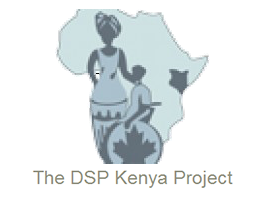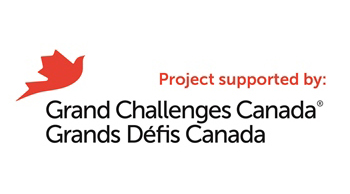1.2 – How can rehabilitation help people living with HIV in SSA?
The medical community is getting very good at treating HIV disease. However, where is the focus on the impact of HIV and its related conditions on a person’s function or participation in her/his community? This is the focus of rehabilitation.
A focus on function and participation is especially important now that many more people living with HIV are able to access life-extending antiretroviral therapy (ART). For many people on ART, HIV is becoming a chronic and cyclical disease with periods of wellness and illness.2,3,4
Since 1995, antiretroviral therapy has averted 4.8 million deaths in sub-Saharan Africa. The greatest declines in AIDS-related deaths in sub-Saharan Africa (2008 – 2013) were in the following countries:
- Rwanda (76%)
- Eritrea (67%)
- Ethiopia (63%)
- Kenya (60%)
- Botswana (58%)
- Burkina Faso (58%)
- Zimbabwe (57%)
- Malawi (51%)
- South Africa (48%)
- Tanzania (44%)5
This success in reducing AIDS-related mortality is credited to the rapid increase in the number of people on ART.
Medicine is adding years to life. Rehabilitation aims to add life to one’s years – by helping people living with HIV to continue to work, keep up parenting roles, go to school, participate in church, feel active and independent, or any other goal related to living life.
2Hanass-Hancock J, Regondi I, van Egeraat L, Nixon S. HIV-related disability in HIV hyper-endemic countries: a scoping review. World Journal of AIDS. 2013; 3:257-279.
3Nixon SA, Forman L, Hanass-Hancock J, Mac-Seing M, Munyanukato N, Myezwa H, Retis C. Rehabilitation: A crucial component in the future of HIV care and support. South African Journal of HIV Medicine. 2011; 12(2):12-17.
4Nixon SA, Hanass-Hancock J, Whiteside A, Barnett AS. The increasing chronicity of HIV in Sub-Saharan Africa: Re-thinking “HIV as a long-wave event” in the era of widespread access to ART. Globalization and Health. 2011; 7(41).
5UNAIDS. The Gap Report. 2014. http://www.unaids.org/en/media/unaids/contentassets/documents/unaidspublication/2014/UNAIDS_Gap_report_en.pdf.

 Previous Page
Previous Page




